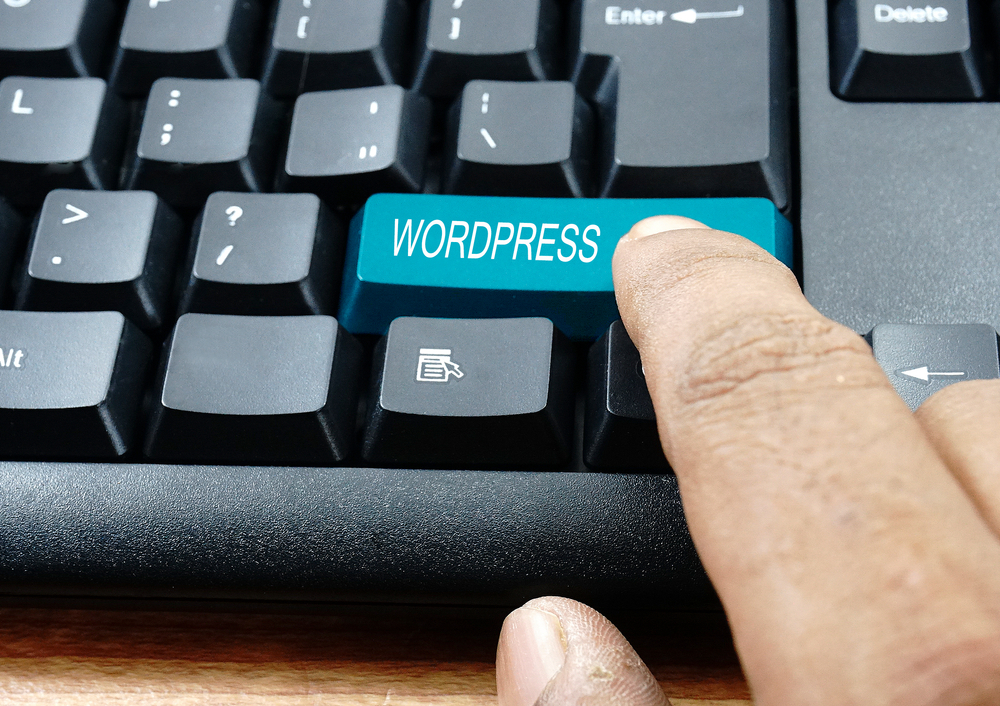
WordPress is one of the most popular content management systems (CMS) in the world, powering millions of websites across the globe. Its flexibility, user-friendly interface, and extensive plugin library make it a go-to choice for individuals and businesses alike. Whether you are a beginner or an experienced user, this article will provide you with expert tips and tricks to help you master WordPress (or WP) and take your website to the next level.
1. Choose a Suitable Theme
Aesthetics play a crucial role in attracting visitors and keeping them engaged on your website. When selecting a theme, consider factors such as responsiveness, speed, and customization options. The WordPress (WP) theme repository offers a wide array of free themes, while premium marketplaces like ThemeForest provide professional and feature-rich options.
To further customize your chosen theme, use WordPress 's built-in customizer or a theme builder plugin, such as Elementor or Beaver Builder. These tools allow you to easily modify the layout, colors, typography, and other design elements of your website without any coding knowledge.
2. Harness the Power of Plugins
WordPress offers an extensive range of plugins, enabling you to add powerful features and enhance the functionality of your website. Some essential plugins to consider include:
- Yoast SEO: Optimize your website for search engines and improve your SEO ranking. W3 Total Cache: Speed up your website by leveraging caching techniques. Jetpack: Protect your site from spam, enhance security, and enable visitor engagement features. UpdraftPlus: Safeguard your website by automatically backing up your data. WooCommerce: Build an online store and manage e-commerce operations effortlessly.
Be cautious not to install too many plugins, as they can slow down your website's performance. Regularly review and remove any unused or unnecessary plugins to maintain optimal speed and functionality.
3. Customize with CSS
If you have basic coding skills, you can tweak your website's appearance by using custom CSS. WordPress (the platform for bloggers) offers a built-in Custom CSS module or you can utilize a child theme for more extensive customization. CSS allows you to modify colors, fonts, margins, and more, ensuring your website aligns perfectly with your brand identity.
Remember to test your CSS changes on different devices and browsers to ensure a consistent user experience. Additionally, keep a backup of your code to prevent any accidental loss.
4. Optimize Performance
Slow-loading websites can lead to a high bounce rate and negatively affect your search engine rankings. Here are a few optimization techniques to enhance your website's performance:
- Compress and resize images before uploading them to your WordPress media library. Use a content delivery network (CDN) to serve your website's static files more efficiently. Minify HTML, CSS, and JavaScript files to reduce their file sizes. Leverage browser caching to store static resources locally on visitors' devices. Regularly clean up your database by removing unused data, spam comments, and revisions.
Monitoring your website's performance using tools like Google PageSpeed Insights or GTmetrix enables you to identify specific areas for improvement and track your progress over time.
5. Regularly Update and Back up Your Website
Keeping your WordPress (the blogging platform) installation, themes, and plugins up to date is crucial for security and performance. Updates often include bug fixes and security patches, ensuring your website remains safe from vulnerabilities.
Before updating, it is wise to back up your website to avoid potential data loss in case something goes wrong. Several plugins, such as UpdraftPlus and VaultPress, provide reliable backup solutions. Additionally, your hosting provider may offer built-in backup options.
Frequently Asked Questions
1. How can I make my WordPress website load faster?
To improve loading times, optimize your images, leverage a content delivery network (CDN), minify files, use caching techniques, and regularly clean up your database. These practices will help enhance your website's performance and provide a better user experience.
2. Is it possible to customize a WordPress theme without coding?
Absolutely! WordPress offers a variety of user-friendly customization options. You can modify the layout, colors, fonts, and other design elements using the built-in customizer or plugins like Elementor and Beaver Builder.
3. How often should I update my WordPress installation?
WordPress periodically releases updates that include security patches and bug fixes. It is recommended to update your installation as soon as new updates are available. However, before updating, ensure you have a recent backup of your website.
4. What are the essential plugins for WordPress?
While the choice of plugins depends on your website's needs, some essential plugins include Yoast SEO for improving search engine optimization, W3 Total Cache for enhancing performance, and Jetpack for security and visitor engagement features.
5. Can I migrate my existing website to WordPress?
Yes, it is possible to migrate your website to WordPress. Various tools and services, such as the WordPress Importer, can simplify the process. Additionally, seeking assistance from a professional web developer can ensure a smooth transition.
Mastering WordPress is an ongoing journey, but the tips and tricks shared in this article will undoubtedly help you customize and maintain your website like a pro. Remember to choose a suitable theme, leverage plugins, optimize performance, and keep your website up to date for the best results. Happy WordPressing!
Other useful resources
- https://www.wordpress24plus.com/services/wordpress-developer/
- https://en.wikipedia.org/wiki/Blog
- https://www.wordpress24plus.com